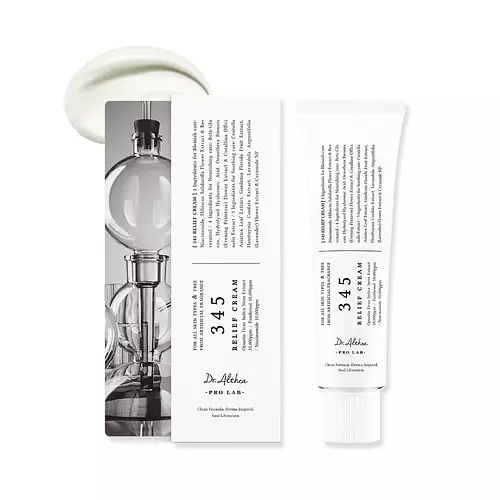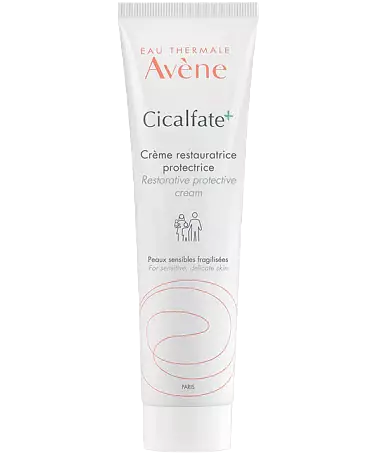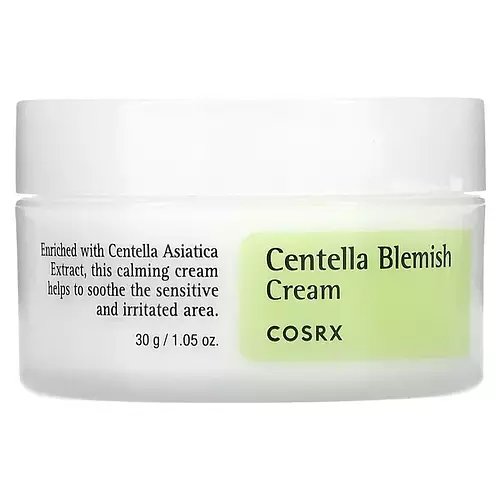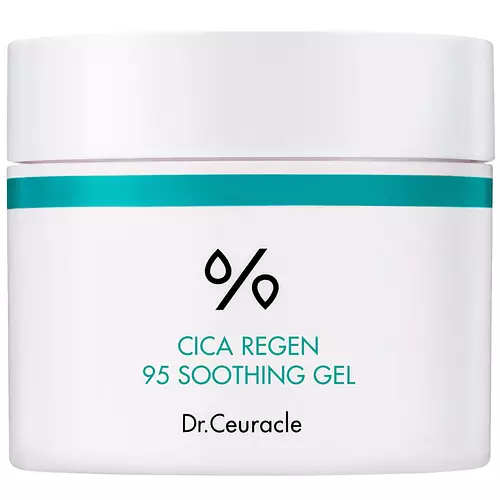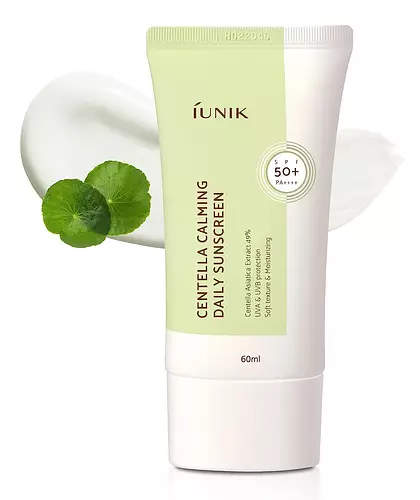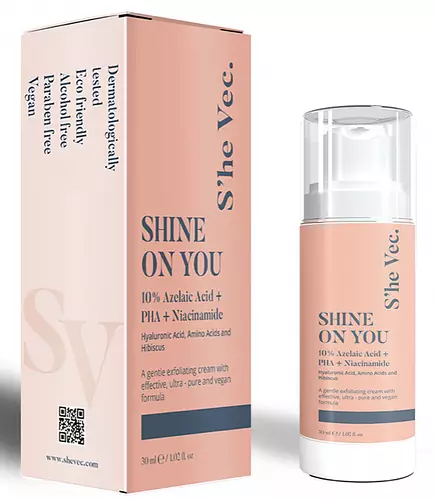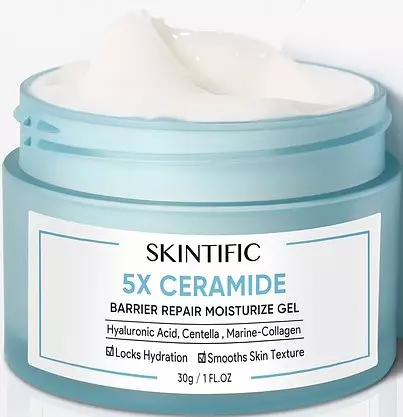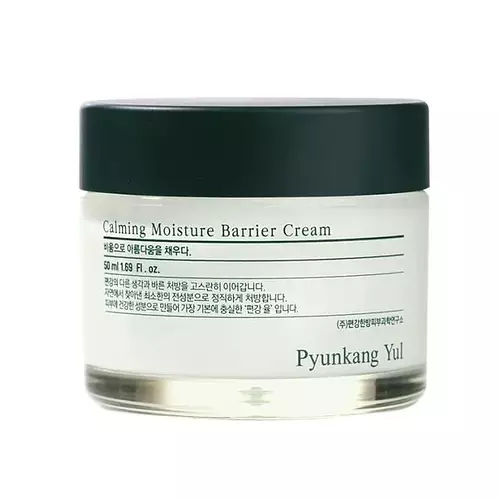Updated on March 26, 2024
Overview
Suited For
They're both likely to be good for fighting acne, dry skin and brightening skin
Free From
They both do not contain any harsh alcohols, fragrances or parabens
We independently verify ingredients, and our claims are backed by peer-reviewed research. Spot a product that needs an update? Let us know.
Ingredient Info
Dr. Althea 345 Relief Cream 39 ingredients
Avène Cicalfate+ Repairing Protective Cream 17 ingredients
At a glance
Click on any of the items below to learn more
Dr. Althea 345 Relief Cream 39 ingredients
Avène Cicalfate+ Repairing Protective Cream 17 ingredients
Notable Ingredients
This product contains 1 ingredient that may have this attribute:
This product contains 1 ingredient that may have this attribute:
This product contains 1 ingredient that may have this attribute:
This product contains 2 ingredients that may have this attribute:
Benefits
This product contains 1 ingredient that may have this attribute:
This product contains 1 ingredient that may have this attribute:
This product contains 4 ingredients that may have this attribute:
This product contains 1 ingredient that may have this attribute:
This product contains 1 ingredient that may have this attribute:
This product contains 1 ingredient that may have this attribute:
This product contains 1 ingredient that may have this attribute:
This product contains 3 ingredients that may have this attribute:
Notable Ingredients
This product contains 1 ingredient that may have this attribute:
Benefits
This product contains 1 ingredient that may have this attribute:
This product contains 1 ingredient that may have this attribute:
This product contains 1 ingredient that may have this attribute:
Concerns
This product contains 1 ingredient that may have this attribute:
This product contains 1 ingredient that may have this attribute:
This product contains 1 ingredient that may have this attribute:
Ingredients Side-by-side
Ingredients Explained
These ingredients are found in both products.
Ingredients higher up in an ingredient list are typically present in a larger amount.
Water. It's the most common cosmetic ingredient of all. You'll usually see it at the top of ingredient lists, meaning that it makes up the largest part of the product.
So why is it so popular? Water most often acts as a solvent - this means that it helps dissolve other ingredients into the formulation.
You'll also recognize water as that liquid we all need to stay alive. If you see this, drink a glass of water. Stay hydrated!
Learn more about WaterGlycerin is already naturally found in your skin. It helps moisturize and protect your skin.
A study from 2016 found glycerin to be more effective as a humectant than AHAs and hyaluronic acid.
As a humectant, it helps the skin stay hydrated by pulling moisture to your skin. The low molecular weight of glycerin allows it to pull moisture into the deeper layers of your skin.
Hydrated skin improves your skin barrier; Your skin barrier helps protect against irritants and bacteria.
Glycerin has also been found to have antimicrobial and antiviral properties. Due to these properties, glycerin is often used in wound and burn treatments.
In cosmetics, glycerin is usually derived from plants such as soybean or palm. However, it can also be sourced from animals, such as tallow or animal fat.
This ingredient is organic, colorless, odorless, and non-toxic.
Glycerin is the name for this ingredient in American English. British English uses Glycerol/Glycerine.
Learn more about GlycerinIngredient Ratings
Here's what our community thinks of the ingredients in these two products.
When to use
Dr. Althea 345 Relief Cream 39 ingredients
Avène Cicalfate+ Repairing Protective Cream 17 ingredients


Reviews
Here's what our community thinks
Dr. Althea 345 Relief Cream 39 ingredients
zell
Made me break out soo badly after just one use. I really wanted to love this because it does feel super nice when I apply it and it was getting a...
Made me break out soo badly after just one use. I really wanted to love this because it does feel super nice when I apply it and it was getting a ton of hype on social media.
Avène Cicalfate+ Repairing Protective Cream 17 ingredients
anitititi
I use it to relieve itching and redness on my face and body. As a spot treatment, it works well, but I wouldn't recommend it for all-over...
I use it to relieve itching and redness on my face and body. As a spot treatment, it works well, but I wouldn't recommend it for all-over moisturizing.
